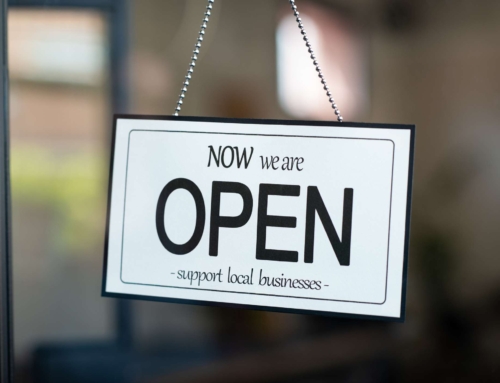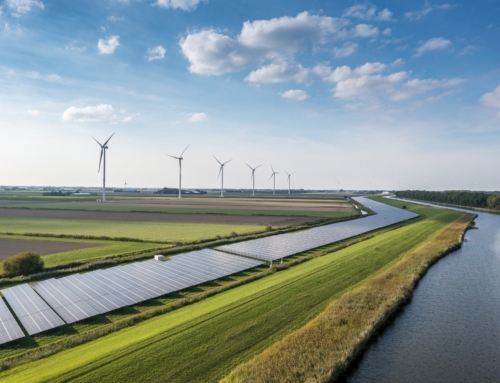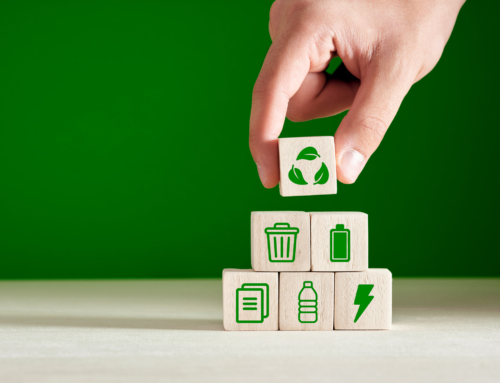What is Community Solar?
While it is true that residential solar has shown significant growth in the U.S. over the last several decades, there are still a lot of people that don’t have the ability to install solar panels on their own roofs. In fact, as Greentech Media reports, as many as three-quarters of American households are unable to access rooftop solar – either because they rent, live in an apartment building, have roofs that are unable to host a solar system, or experience some other mitigating factor.
The good news is that, today, thanks to new state programs, rooftop PV is no longer the only option that we have for going solar. “What are the other options?”, you may wonder. Meet: community solar. According to the Solar Industry Association (SEIA), community solar “refers to local solar facilities shared by multiple community subscribers who receive credit on their electricity bills for their share of the power produced.” To clarify, community solar projects are an array of solar panels installed in an offsite location.
What We Love About Community Solar
The best part about community solar is that it provides you the benefits of going solar without having to actually install panels on your property. It gives homeowners, renters, and businesses equal access to the economic and environmental benefits of solar energy generation regardless of the physical attributes or ownership of their home or business.
Not to mention that, because solar energy is 100% renewable and releases no emissions after installation, it offers many environmental benefit, including:
- Improved air quality
- Improved water quality
- Water Conservation
- Helping mitigate global warming
- Helping to preserve earth’s finite resources
Solar generation offsets more than 73 million metric tons of CO2 emissions each year, which is equivalent to taking 15.6 million vehicles off the road or planting 1.2 billion trees. Both community and rooftop photovoltaic systems provide a convenient, efficient, and cost-effective way for people to reduce their environmental impact.
The Future of the Community Solar Industry
The community solar market is growing fast and its technology is being rapidly adopted, not just in the United States, but all over the world. There are now at least 40 American states with at least one community solar project online, with 2,056 megawatts of community solar installed in the U.S. through 2019. And within the next five years, the market is expected to add as much as 3.4 gigawatts, which is enough to power about 650,000 homes.
So, How Does Community Solar Work?
In a nutshell, with community solar, customers are able to sign up for a “share” in a solar project through a community solar project developer or supplier. Once operational, the panels generate electricity, and subscribers receive monetary credits that reduce their utility bills.
Becoming a part of a community solar project is simple. You just need to have an account with an electric utility, then you:
- Find a community solar project in your area and ask about rates and subscription plans
- Subscribe to a plan that works for you
- Save. Your electricity provider will still deliver energy to you, and you’ll be credited for your portion of the community solar project right on your electricity bill
Signing Up For Community Solar
Kiwi Energy has recently partnered with Ampion in order to in order to offer community solar to qualifying New York customers. Qualifying customers now have the option to subscribe to a solar farm and receive a credit on their electricity bills for their energy expenditure. There is absolutely nothing to install and there are no upfront costs. Visit http://signup.ampion.net/kiwi009 to apply today.
Curious to Read More About Community Solar?
If you have any other questions, about community solar or about Kiwi Energy’s innovative energy and natural gas solutions, don’t hesitate to contact our Customer Service team at 877.207.7636.







